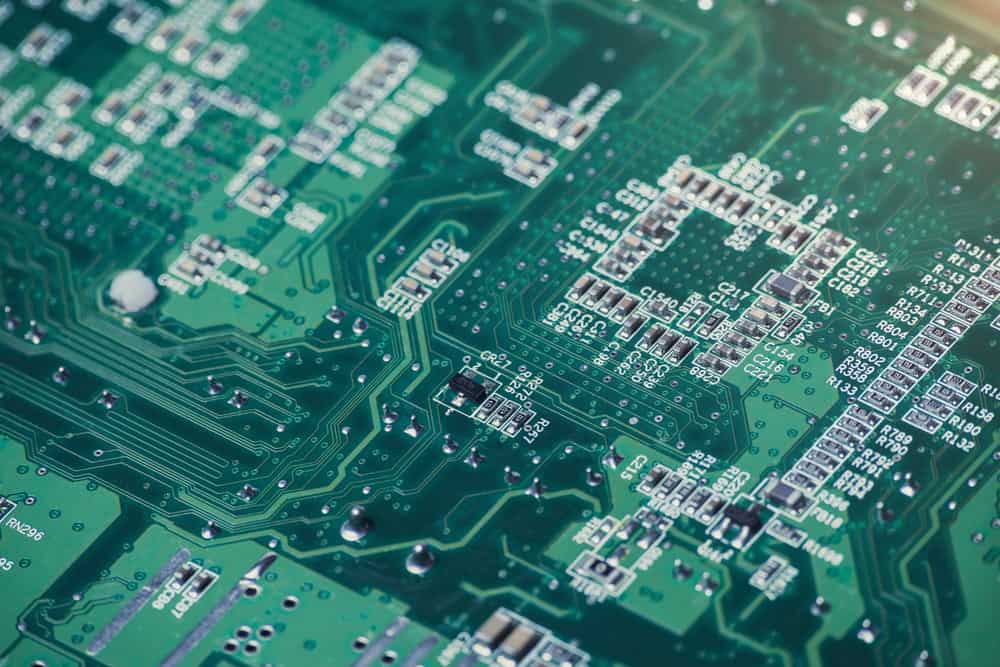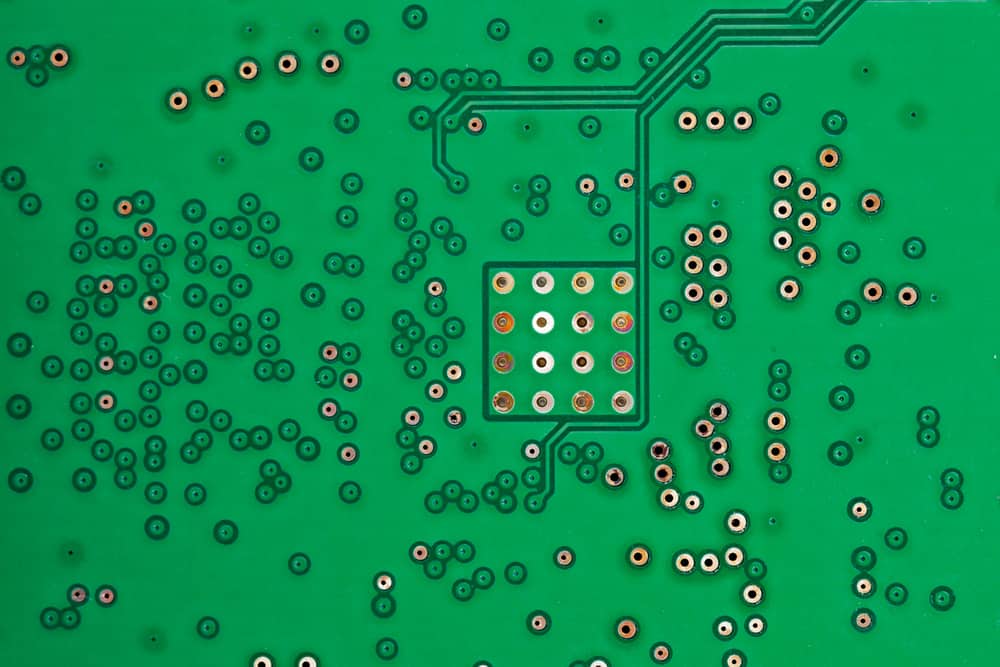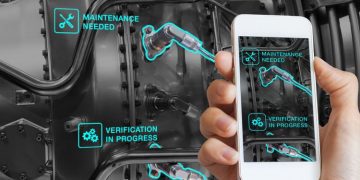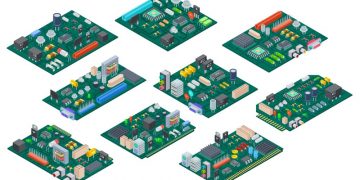 PCBs cannot be fabricated from just any materials. High volume processes use a specific set of PCB materials, and designers should understand how to specify their needs to fabrication houses. Unfortunately, if you don’t understand the basic PCB material properties, you’ll have to rely on a fabricator to help develop specifications for your design and get it into production.
PCBs cannot be fabricated from just any materials. High volume processes use a specific set of PCB materials, and designers should understand how to specify their needs to fabrication houses. Unfortunately, if you don’t understand the basic PCB material properties, you’ll have to rely on a fabricator to help develop specifications for your design and get it into production.
All PCB laminates have a set of material properties which limit which applications they can be used in. For designers, the deployment environment and the type of components used in the design will determine whether certain laminates can or should be used in a new design. For manufacturers, certain material properties will determine the processing parameters used to fabricate a bare board and place it into assembly.
Basic PCB Material Properties
The material sets used to build PCB stackups have important physical properties which can determine electrical behavior, reliability, and processability. Therefore, PCB designers need to concern themselves more with the first two areas by examining common performance targets and selecting appropriate material property values needed to reach those goals. The values shown below are typical for FR4-grade laminates. However, other materials, such as PTFE laminates, may have different values.
Electrical Properties
Typical electrical property values focus on signal propagation characteristics, namely dielectric constant and loss tangent. Other characteristics like breakdown voltage will depend on resin content in the laminate and the specific materials used; make sure to check these in the material data sheets.
| Material Property | Typical values for FR4 |
| Dielectric constant (Dk) | 3.5 to 4.8 (depends on frequency) |
| Loss factor (Df) | ~0.02 (depends on frequency) |
| Dielectric withstand voltage | DC: Approximately 1000 V/mil
AC: Approximately 500 V/mil (depends on frequency) |
Thermal and Mechanical Properties
These two sets of material properties are best grouped because the important mechanical properties are based on thermal properties. Thermal and thermomechanical characteristics will influence the reliability of copper elements, soldered connections, and much more in the PCB layout. For basic FR4 materials, the strategy is to choose a glass transition temperature first, followed by determining the other appropriate values in succession.
| Material Property | Typical values for FR4 |
| Glass transition temperature (Tg) | ~120 °C (Low-Tg laminates)
~170 °C (High-Tg laminates) |
| Coefficient of expansion | In-plane: Approximately 10 ppm/°C
Z-axis: 70 ppm/°C |
| Thermal conductivity | ~0.25 W/(m·K) |
| Decomposition temperature | ~350 °C |
| Flexural strength | 450 to 500 lb./sq. in. |
Solder Mask Properties
Solder masks receive a lot less focus in most designs. Its dielectric constant is approximately 3.5, and it can be easily accounted for in most impedance calculators for microstrip lines. Solder mask is a very thin layer overlapping the conductors on the top layer only, so its thermal and mechanical properties do not majorly determine reliability.
Additionally, solder mask is essential in some high-frequency systems as it can be lossy. Thus antennas tend to operate best when solder mask is removed from these elements. If you need to know more about the solder mask used in your PCB, you should ask your fabricator for a materials datasheet.
How to Specify PCB Material Needs
PCB material needs are not often specified directly. You might do this on a quote form, but the proper way is to select a stackup with specific dimensions and PCB material properties rather than calling out a particular brand name.
The reality is PCB manufacturers may not have a process to accommodate your desired material. PCB fabrication houses have specific processes for certain material sets, and they generally might not use every material available on the market. However, if you send your desired stackup and materials list to a PCB fabricator, they can typically recommend alternative material sets which can satisfy your PCB material property requirements. The materials and stackups they recommend are normally placed through electrical and mechanical testing to ensure a board can be fabricated with a high yield.
Although not every material will be available, the PCB industry has developed standards around different material sets so certain materials will be compatible in terms of processing and material properties. If your desired materials are unavailable or are not part of your fabricator’s preferred stackup, they can typically recommend an alternative material set and stack up to meet performance requirements. For controlled impedance designs, they can also specify the trace width needed to hit an impedance target.

Your project might get underway once you decide on the critical PCB material properties for your product, but it will still need components before you can build a completed product. When you need to find PCB footprints and sourcing data for your components, make sure to use the electronics search engine features in Ultra Librarian. You’ll have access to a range of reference designs from popular manufacturers, datasheets, PCB footprints, and much more. All ECAD data you’ll find on Ultra Librarian is compatible with popular ECAD applications and is verified by component manufacturers to help you streamline your design process.
Working with Ultra Librarian sets up your team for success to ensure streamlined and error-free design, production, and sourcing. Register today for free.








